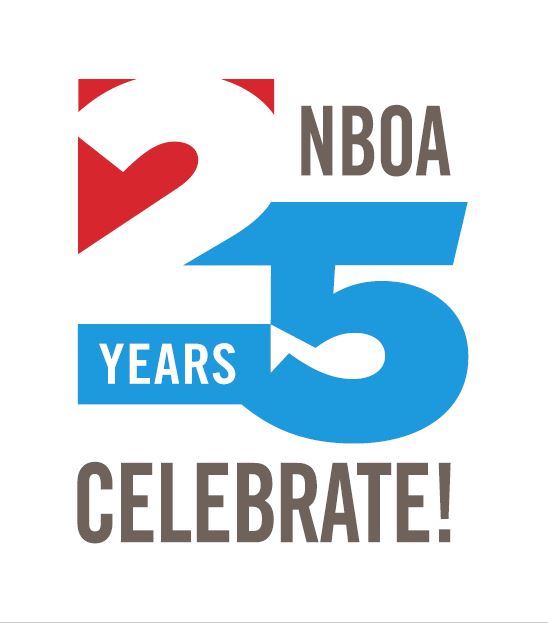Years ago, becoming a “school business officer” was often considered a position for people transitioning into the retirement phase of their career. Some accounting knowledge was needed, but the scope of responsibility and compliance was much narrower. Independent school finances themselves have evolved, transforming the role of the traditional business officer into the Chief Financial Storyteller.
Now the role is for someone with a strong handle on all things nonprofit — or an ability to learn the nonprofit world quickly — from complex investments and endowment accounting to atypical contributions, various debt instruments, and much more. On top of this, many business officers have added more operational components to their list of responsibilities.
Here are some of the more specific ways that we’ve noticed finance in independent schools changing over the past 25 years:
Gifts and Donor Giving
Donors are much more complex today and their giving continues to evolve. Gifts now include all types of property, including interests in private companies and cryptocurrency. Planned giving has also expanded to include trusts, annuities, life interests in real property, and more. Because of the complex nature of some of these gifts, many schools have added planned giving officers to their advancement and development offices. Gift acceptance policies have also been updated to further define a school’s policy for accepting nontraditional gifts. Each of these creates new considerations, including whether such assets are properly valued with appropriate support.
Reporting
Financial reporting was previously limited to the board, other members of management, and likely the bank. Today, reporting is a multi-step process requiring significant time and effort to ensure accuracy beyond the printing of a report out of the accounting system. Although accounting and financial statements reflect historical data, their role in strategic decision-making has become more vital. A school's financial report is often seen as a scorecard of its financial health, sustainability and its ability or inability to expand or to take on new initiatives. Financial ratios, such as the composite financial index, student discount rate, and debt burden ratio can provide valuable information to management and governance for strategic decision-making. The key is to educate the audience about how to use the selected ratios to maximize their impact. As the Chief Financial Storyteller, the business officer must recognize and combine the appropriate data with analytical skills and presentation techniques to deliver the appropriate message.
Expanded Program Offerings
Schools may have added different athletic programs, additional grades, boarding and travel options for students, or merged with another school. All of these create additional challenges at the onset for accounting and reporting, including considering the level of detail needed at the chart of accounts level to capture this new information, whether separate reporting will be needed, and anticipating who will ultimately need this information and how it will be used.
Business Office Technology
Just like with reporting, business officers need technology to be easier and more efficient. They need systems that talk to each other, customized reports to run automatically, and more automation to free up time from performing rote tasks. Business officers focus on cybersecurity more now than ever, which will require larger budget allocations into the future.
Receipts and Payments
Whereas most areas on this list have grown more complex, this one has gotten easier! Processing receipts and payments used to be a time-consuming manual process, from check payments mailed to a central location, to deposit and application to student accounts. Now, seamless website applications allow student account activity to be seen in real time. Payments can be made and updated automatically.
Every vendor payment used to be made by check. Now, there are many electronic payment systems, and paying by check is largely obsolete. Various bill-paying services also have fraud services to confirm only authorized payments are made.
Transparency
Word of mouth or published communications have been replaced by instant postings on school websites. Schools are more transparent about emerging issues such as DEI and racial equality. Financial information — including annual reports and tax filings — is more readily available to families and donors.
Fraud Risks
Some of the more common types of fraud in schools traditionally resulted from bad actors creating fictitious vendors or employees, forging or altering checks, which in some way involved paper manipulation. The expansion of the internet has created many more opportunities for fraud, not the least of which is cybercrime. Data breaches, identity theft and unauthorized access to bank accounts/diversion of payments have become some of today’s greatest risks. Extensive prevention measures, including enhancement of internal information technology resources, providing regular faculty and staff education about cyber vigilance, and engaging firms to perform cyber assessments have impacted school budgets.
Last, But Not Least, The Audit
For many years, audits were audits. The auditors would descend on the school for a week or so, hunkered down in a classroom or whatever space was available (it wasn’t unheard of to work in a room that was actually a large closet), thumbing through reams of paper and support, and asking a lot of questions.
While the questions are still there, audits of independent schools have evolved at light-speed over the past two years thanks to the COVID-19 pandemic, making remote audits a reality sooner than expected. Many schools had already transitioned to electronic record-keeping and using portals for distribution of reports. Others had not yet made that change, requiring them to scan or make copies of the necessary documentation.
What is clear is that some portion of the audit will continue to be conducted remotely, resulting in a hybrid approach that can be customized to the needs of the school. Daily audit check-in meetings, as well as meetings with the trustees and various governance committees quickly pivoted thanks to virtual meeting technology platforms. There was a learning curve (“Can you hear me now?”, “Sorry, my cat decided to join the meeting”) but the curve flattened quickly and it seems these approaches are here to stay.
Up Next: More Data and Digital Solutions
Digital transformation will certainly continue at breakneck speed. As previously discussed, many financial and nonfinancial processes have been automated over the years, facilitating the accumulation and storage of copious amounts of data. However, a majority of this data is generally captured in disparate databases, making it difficult and time consuming to mine the appropriate information for strategic planning and other critical business decision making. Digital solutions will prove to be invaluable to the business officer and their independent schools in driving data-based insights, increasing efficiencies, providing greater business agility, and improving the interactive experience with families, faculty and staff.
The information contained herein is general in nature and is not intended, and should not be construed, as legal, accounting, investment, or tax advice or opinion provided by CliftonLarsonAllen LLP (CliftonLarsonAllen) or NBOA to the reader.





